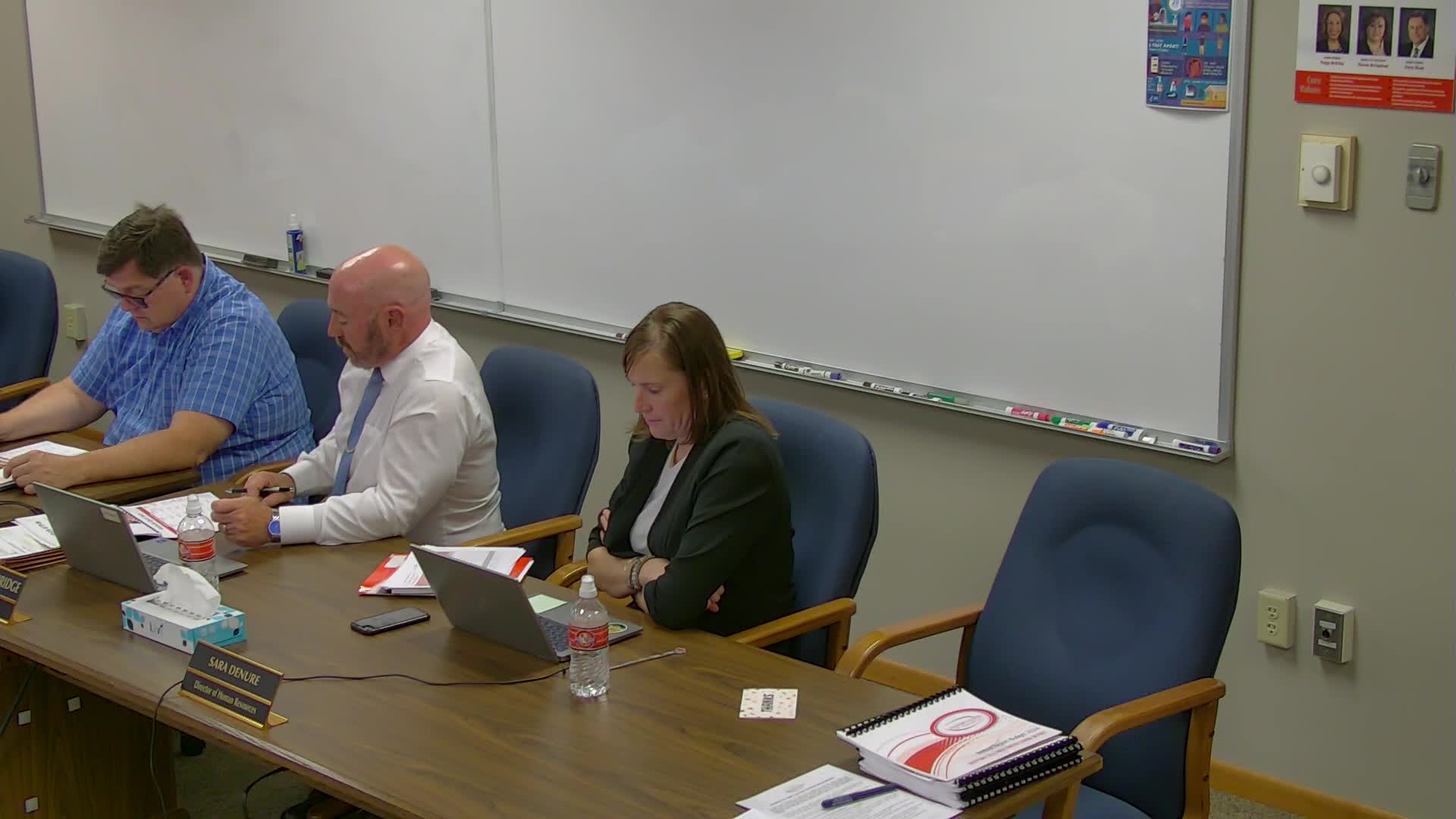Property values soar as district faces funding challenges
October 22, 2024 | Chippewa Falls Area Unified School District, School Districts, Wisconsin
This article was created by AI summarizing key points discussed. AI makes mistakes, so for full details and context, please refer to the video of the full meeting. Please report any errors so we can fix them. Report an error »

In a recent government meeting, officials reported an 8.16% growth in property values, surpassing the state average. This increase has raised concerns about the sustainability of such growth, particularly in light of declining membership in the district. The discussion highlighted the potential risk of \"negative tertiary\" aid, a situation where high property values coupled with a low student population could lead to a reduction in state funding.
Officials explained that state funding is categorized into primary, secondary, and tertiary aid, with tertiary aid being particularly vulnerable in districts with high property values and low enrollment. While there are districts in the state that receive no state aid due to this phenomenon, officials believe their district is not at immediate risk.
The conversation also touched on the impact of property reassessments, which are intended to equalize property values across municipalities. Concerns were raised about the potential effects of new Tax Increment Financing (TIF) districts, which could lead to spikes in property values. However, officials expressed confidence that the district's size would mitigate any unreasonable fluctuations.
The mill rate was reported at 1.45%, aligning with expectations and providing some relief to officials. The meeting concluded with a review of property valuations across municipalities, noting that the City of Chippewa Falls accounts for nearly 30% of the district's total property value, followed by the Town of Lafayette and Lake Hallie. Together, these four municipalities represent 82% of the district's property value, underscoring the concentration of wealth within the area.
Officials explained that state funding is categorized into primary, secondary, and tertiary aid, with tertiary aid being particularly vulnerable in districts with high property values and low enrollment. While there are districts in the state that receive no state aid due to this phenomenon, officials believe their district is not at immediate risk.
The conversation also touched on the impact of property reassessments, which are intended to equalize property values across municipalities. Concerns were raised about the potential effects of new Tax Increment Financing (TIF) districts, which could lead to spikes in property values. However, officials expressed confidence that the district's size would mitigate any unreasonable fluctuations.
The mill rate was reported at 1.45%, aligning with expectations and providing some relief to officials. The meeting concluded with a review of property valuations across municipalities, noting that the City of Chippewa Falls accounts for nearly 30% of the district's total property value, followed by the Town of Lafayette and Lake Hallie. Together, these four municipalities represent 82% of the district's property value, underscoring the concentration of wealth within the area.
View full meeting
This article is based on a recent meeting—watch the full video and explore the complete transcript for deeper insights into the discussion.
View full meeting
